Cybersecurity Top 10 Essential Measures [2024] | Solutions
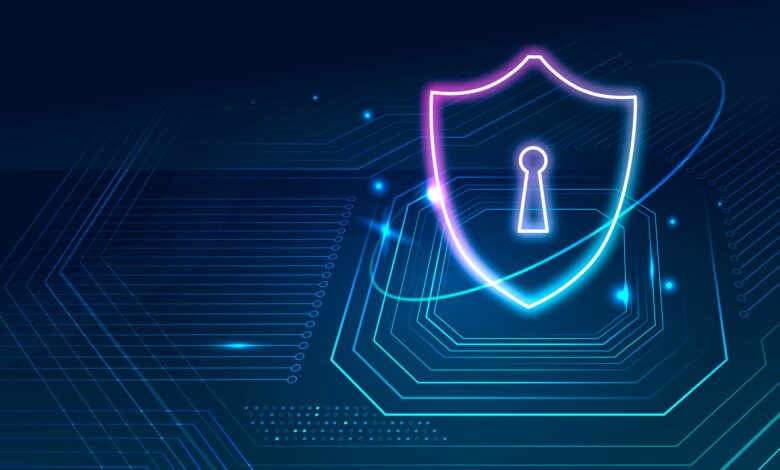
In today’s digital age, safeguarding our online presence is more crucial than ever. As we navigate the complexities of an interconnected world, understanding Cybersecurity is not just prudent—it’s imperative. Imagine a landscape where every click, every transaction, every piece of data is a potential target. This introduction delves into the Cybersecurity Top 10 Essential , unraveling the strategies and technologies that defend against modern threats. From network fortifications to threat intelligence, this exploration will equip you with the knowledge to navigate safely in cyberspace. Join us on this journey to fortify your digital footprint and protect what matters most.
Table of Contents
What is Cyber Security?
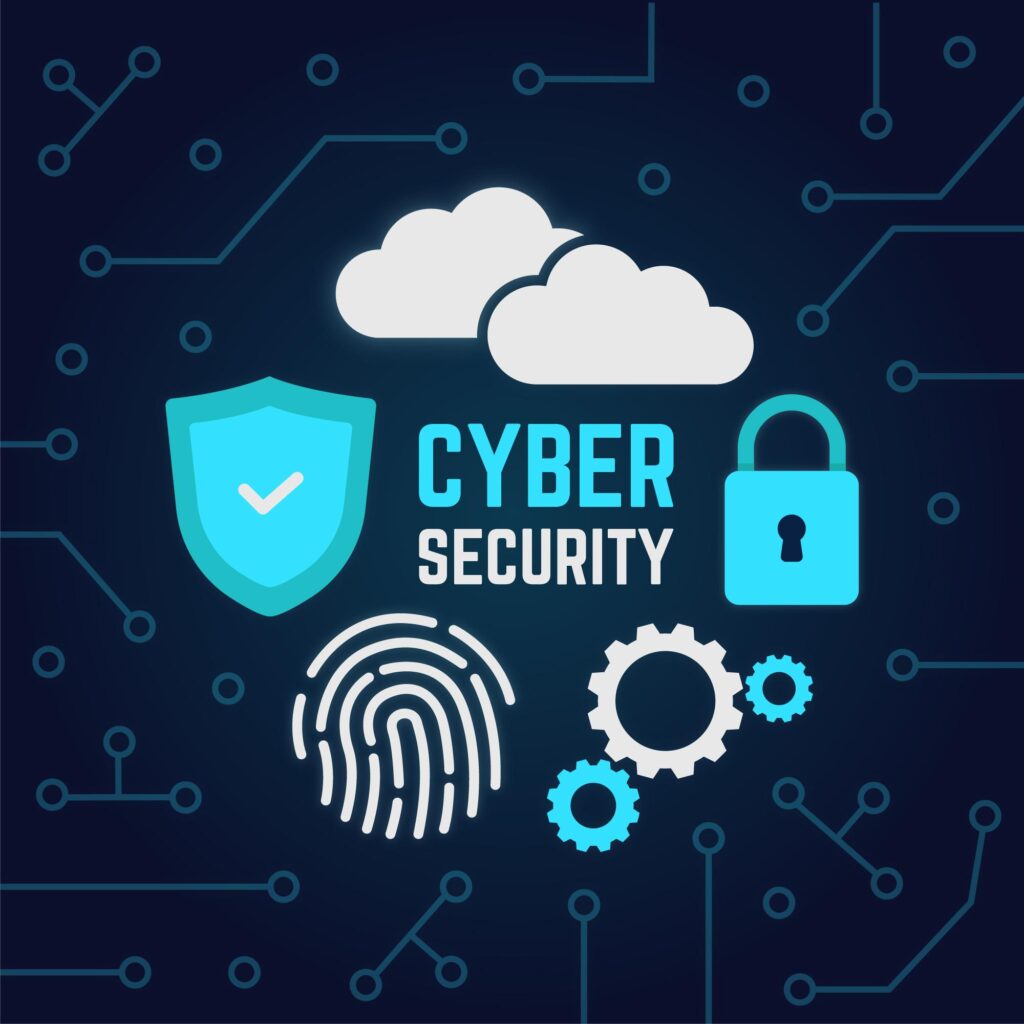
Cybersecurity is the practice of defending computers, networks, and data from unauthorized access or attacks aimed at exploitation. It encompasses a broad range of technologies, processes, and practices designed to protect information systems from cyber threats. In today’s interconnected world, understanding Cybersecurity is paramount. The Top 10 Essential components include network security, threat intelligence analysis, cloud security, and more. It’s about mitigating risks, safeguarding sensitive information, and ensuring business continuity. Effective Cybersecurity involves proactive measures like encryption, intrusion detection systems, and regular audits to stay ahead of evolving threats. By implementing robust Cybersecurity measures, organizations can mitigate risks and protect their digital assets.
Why is Cyber Security so important today?
- Protection Against Cyber Threats: As cyber threats become more sophisticated, organizations must implement robust defenses to protect against malware, phishing attacks, and data breaches.
- Preserving Confidentiality and Privacy: Ensuring the confidentiality of sensitive information, such as customer data and intellectual property, is paramount to maintain trust and compliance with privacy regulations.
- Ensuring Business Continuity: Cyber attacks can disrupt operations, leading to downtime, financial losses, and reputational damage. Strong Cybersecurity measures mitigate these risks and ensure uninterrupted business operations.
- Compliance and Legal Obligations: Regulatory requirements such as GDPR, HIPAA, and PCI-DSS necessitate organizations to adhere to Cybersecurity standards to avoid penalties and legal liabilities.
- Protecting Digital Assets: Safeguarding digital assets, including proprietary software, databases, and online platforms, is essential for maintaining competitive advantage and business resilience.
- Mitigating Financial Losses: Cyber incidents can result in substantial financial losses due to theft of funds, extortion through ransomware, and costs associated with incident response and recovery.
- Managing Reputational Risk: A data breach or cyber attack can severely damage an organization’s reputation, leading to loss of customer trust and loyalty.
- Addressing Insider Threats: Cybersecurity also encompasses protecting against insider threats, whether malicious or inadvertent, which can compromise sensitive data and systems.
- Adapting to Technological Advances: The rapid adoption of new technologies, such as cloud computing and IoT, introduces new vulnerabilities that require proactive Cybersecurity measures to mitigate risks effectively.
- Building Resilience and Preparedness: Emphasizing Cybersecurity Top 10 Essential practices enables organizations to build resilience against cyber threats, fostering a proactive and security-focused culture across all levels of the organization.
In today’s digital age, adherence to Cybersecurity Top 10 Essential practices is non-negotiable for organizational resilience.
Cybersecurity Top 10 Essential Skills
1- Network Security
Network Security is a cornerstone of Cybersecurity practices, focusing on safeguarding the integrity, confidentiality, and availability of data transmitted across networks. It encompasses a range of technologies and policies designed to protect network infrastructure from unauthorized access, attacks, and disruptions. Advanced techniques like intrusion detection systems and firewalls monitor and control network traffic, while encryption ensures data remains secure during transmission. Regular vulnerability assessments and penetration testing are crucial to identifying and mitigating network vulnerabilities, enhancing overall Cybersecurity posture against evolving threats in the digital landscape.
2- Cloud Security
Cloud Security is paramount strategies, safeguarding data stored in cloud environments from unauthorized access, breaches, and data loss. It involves implementing robust encryption methods, access controls, and monitoring systems to protect sensitive information from cyber threats. Cloud security also encompasses compliance with industry regulations like GDPR or HIPAA, ensuring data privacy and integrity are maintained. As organizations increasingly rely on cloud services for scalability and efficiency, securing cloud infrastructures becomes crucial to mitigate risks associated with cyberattacks and ensure business continuity.
3- Risk and Compliance Auditing
Risk and Compliance Auditing is a critical component of Cybersecurity practices, ensuring organizations adhere to regulatory requirements and industry standards. It involves assessing risks associated with information systems and evaluating whether controls are in place to mitigate those risks effectively. Through meticulous auditing processes, organizations identify vulnerabilities, assess the effectiveness of existing security controls, and make informed decisions to strengthen their cybersecurity posture. Compliance with frameworks such as GDPR, HIPAA, or PCI-DSS is validated through rigorous audits, helping to maintain trust with stakeholders and protect sensitive data from potential threats.
4- Threat Intelligence Analysis
Threat Intelligence Analysis focusing on proactive identification and mitigation of cyber threats. It involves gathering, analyzing, and interpreting data from various sources to anticipate potential cyberattacks. Threat intelligence analysts use advanced tools and methodologies to assess the severity and credibility of threats, providing actionable insights to security teams. By understanding the tactics, techniques, and procedures (TTPs) of threat actors, organizations can fortify their defenses and preemptively respond to emerging threats. This proactive approach enhances cybersecurity posture, minimizing the impact of potential breaches on business operations and data integrity.
5- Leadership
Effective leadership in Cybersecurity contexts involves guiding teams through complex security challenges with strategic foresight and decisive action. Leaders in cybersecurity must possess not only technical expertise but also strong communication and interpersonal skills to inspire and empower their teams. They set the vision for security initiatives, prioritize resources effectively, and foster a culture of accountability and innovation. In times of crisis, cybersecurity leaders navigate uncertainties with resilience, making informed decisions to protect organizational assets and maintain operational continuity. Their proactive stance ensures that cybersecurity measures evolve in response to emerging threats, safeguarding against potential vulnerabilities.
6- Application Security Development
Application Security Development focusing on fortifying software against vulnerabilities and malicious attacks. It encompasses implementing secure coding practices, conducting rigorous testing, and integrating robust security protocols throughout the development lifecycle. By adhering to industry standards and leveraging advanced tools like static and dynamic analysis, developers ensure that applications are resilient to threats. Continuous monitoring and updates further enhance security postures, mitigating risks associated with emerging cyber threats. Effective application security development not only safeguards sensitive data but also enhances user trust and compliance with regulatory requirements in an ever-evolving digital landscape.
7- Penetration Testing
Penetration Testing is an indispensable practice in Cybersecurity Top 10 Essential strategies, crucial for preemptively identifying and mitigating vulnerabilities in digital systems. This proactive approach involves simulating real-world cyber attacks to evaluate the effectiveness of security defenses. Skilled cybersecurity professionals, often referred to as ethical hackers, employ advanced methodologies and tools to uncover weaknesses in networks, applications, and infrastructure. By conducting thorough penetration tests, organizations can fortify their security posture, enhance incident response capabilities, and bolster resilience against malicious actors. Ultimately, penetration testing serves as a cornerstone in safeguarding sensitive data and maintaining compliance with regulatory standards in today’s ever-evolving threat landscape.
8- Identity and Access Management
Identity and Access Management (IAM) is a critical component of modern Cybersecurity strategies. It ensures that only authorized users gain access to essential systems and data. Through meticulous control of user identities and permissions, IAM reduces the risk of data breaches and unauthorized access. This system is vital for compliance with regulations and safeguarding sensitive information. Implementing IAM is among the Top 10 Essential practices for robust cybersecurity. By leveraging IAM, organizations can streamline user authentication processes, enforce security policies, and enhance overall security posture, thereby fortifying their defenses against cyber threats.
9- Mobile and Remote Computing Security
Mobile and remote computing security is paramount in today’s interconnected world. As employees increasingly work from various locations, ensuring the protection of sensitive data becomes more complex. Implementing robust security measures for mobile devices and remote connections is among the Cybersecurity Top 10 Essential practices. This includes utilizing encryption, multi-factor authentication, and secure access protocols to safeguard information. Regular security audits and updates are crucial to address emerging threats. By prioritizing mobile and remote computing security, organizations can mitigate risks and maintain the integrity of their data across all endpoints.
10- Coding
Coding is the backbone of modern technology, enabling the creation of software applications and systems that drive innovation. Mastering coding languages such as Python, Java, and C++ is crucial for developing robust and efficient programs. Integrating secure coding practices is among the Cybersecurity Top 10 Essential measures to prevent vulnerabilities. By adhering to best practices in coding, developers can create resilient software that withstands cyber threats. This includes thorough code reviews, regular updates, and implementing security features from the outset. Ultimately, proficient coding skills are indispensable for advancing technology while ensuring robust cybersecurity.
How can you safeguard your organization?
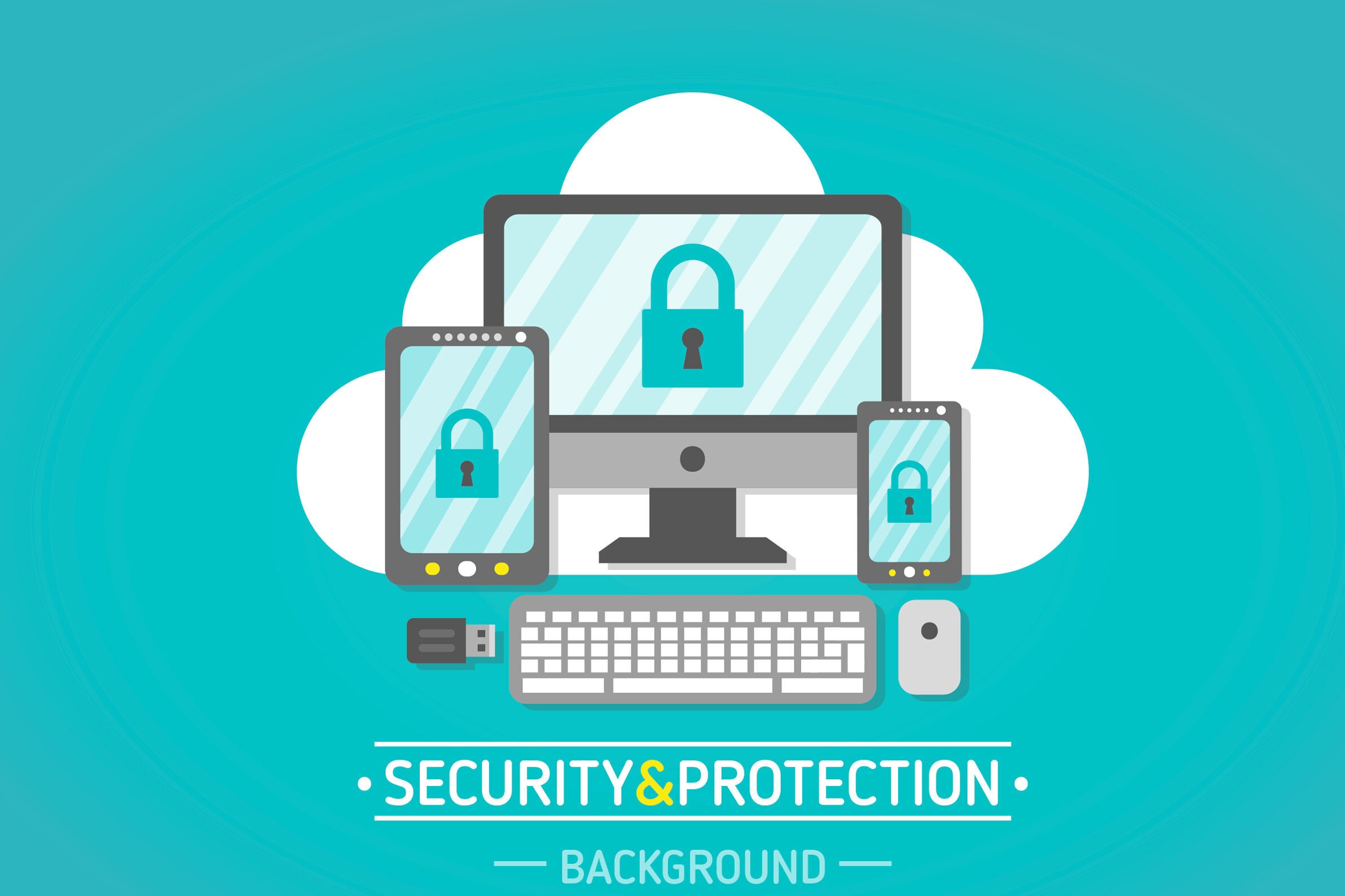
1- Firewalls
Firewalls are a crucial line of defense in network security, acting as barriers between trusted and untrusted networks. They filter incoming and outgoing traffic based on predefined security rules, thereby preventing unauthorized access. Deploying firewalls is among the Cybersecurity Top 10 Essential practices for safeguarding sensitive data. Modern firewalls offer advanced features like intrusion detection and prevention, enhancing overall network security. By maintaining stringent firewall policies, organizations can significantly mitigate the risk of cyberattacks.
2- Regular Updates and Patch Management
Regular updates and patch management are fundamental to maintaining robust cybersecurity. By ensuring that software and systems are consistently updated, organizations can protect against vulnerabilities and emerging threats. This practice is among the Cybersecurity Top 10 Essential measures. Timely patching addresses security flaws that could be exploited by malicious actors. Automated update processes and rigorous patch management protocols are crucial for sustaining system integrity and preventing data breaches. Ultimately, staying current with updates fortifies an organization’s cybersecurity posture.
3- Strong Authentication
Strong authentication is vital for safeguarding sensitive information and preventing unauthorized access. Utilizing multifactor authentication (MFA) adds layers of security by requiring multiple verification methods. This approach is part of the Cybersecurity Top 10 Essential practices, enhancing protection against breaches. Implementing strong authentication measures, such as biometrics and one-time passwords, significantly reduces the risk of compromised credentials. By adopting robust authentication protocols, organizations can ensure secure access to critical systems and data, thereby fortifying their cybersecurity defenses.
4- Employee Training and Awareness
Employee training and awareness are crucial in fortifying an organization’s cybersecurity posture. Educating staff on identifying threats and adhering to security protocols is among the Cybersecurity Top 10 Essential practices. Regular training sessions and simulated phishing exercises enhance vigilance and response capabilities. By fostering a culture of security awareness, organizations can significantly reduce the risk of human error leading to data breaches. Empowered and informed employees are the first line of defense against cyber threats.
5- Data Encryption
Data encryption is a fundamental practice in securing sensitive information. By converting data into an unreadable format, encryption ensures that only authorized parties can access it. This technique is among the Cybersecurity Top 10 Essential measures, protecting data both in transit and at rest. Implementing robust encryption algorithms and managing encryption keys effectively are critical for maintaining data integrity. Through encryption, organizations can safeguard confidential information against unauthorized access and cyber threats.
6- Regular Backups
Regular backups are crucial for data protection and recovery. By routinely creating copies of critical data, organizations can safeguard against data loss due to cyberattacks, hardware failures, or accidental deletions. This practice is among the Cybersecurity Top 10 Essential measures, ensuring business continuity and resilience. Automated backup solutions and secure storage methods enhance data reliability. Implementing regular backups mitigates risks, providing a safety net that enables swift restoration of operations in the event of data compromise.
7- Access Control and Privilege Management
Access control and privilege management are vital for safeguarding sensitive information. By ensuring that only authorized individuals have access to critical systems, organizations can minimize the risk of data breaches. This strategy is among the Cybersecurity Top 10 Essential practices, emphasizing the principle of least privilege. Regularly auditing and adjusting user permissions helps maintain security integrity. Implementing stringent access controls and managing privileges effectively fortifies an organization’s defenses against unauthorized access and potential threats.
8- Incident Response Plan
An incident response plan is essential for mitigating the impact of cybersecurity breaches. It outlines systematic steps to detect, respond to, and recover from security incidents swiftly and effectively. This proactive approach involves incident identification, containment, eradication, and recovery phases. By defining roles, responsibilities, and communication protocols, organizations can minimize downtime and protect critical assets. Regular testing and updates ensure readiness to handle cybersecurity incidents, enhancing overall resilience against evolving threats. A well-executed incident response plan is crucial for maintaining operational continuity and safeguarding data integrity.
9- Vulnerability Scanning and Penetration Testing
Vulnerability scanning and penetration testing are crucial for identifying and addressing security weaknesses in systems and applications. Vulnerability scanning involves automated tools that assess networks and devices for known vulnerabilities. This proactive approach helps organizations prioritize and remediate risks before they are exploited. On the other hand, penetration testing simulates real-world attacks to evaluate the effectiveness of existing security controls. Together, these Cybersecurity Top 10 Essential practices enhance resilience against potential threats, ensuring robust protection of sensitive data and systems from malicious actors.
10- Intrusion Detection and Prevention Systems (IDPS)
Intrusion Detection and Prevention Systems (IDPS) play a critical role in cybersecurity by monitoring network traffic and systems for malicious activity or policy violations. These systems utilize advanced algorithms and heuristics to detect anomalies and potential threats in real-time. IDPS can prevent attacks by blocking malicious traffic and taking automated actions to protect assets. Integrating IDPS is among the Cybersecurity Top 10 Essential practices, enhancing threat visibility and response capabilities. Continuous monitoring and regular updates ensure IDPS effectiveness against evolving cyber threats, bolstering overall security posture.
Implementing the Cybersecurity Top 10 Essential practices ensures proactive defense against emerging threats.
Conclusion
In conclusion, embracing the Cybersecurity Top 10 Essential practices is paramount in safeguarding organizations against evolving threats. From robust vulnerability scanning and penetration testing to proactive incident response plans and advanced Intrusion Detection and Prevention Systems (IDPS), each measure strengthens defenses. Regular updates and patch management ensure systems remain resilient, while strong authentication and access control fortify data integrity. Educating employees through comprehensive training enhances awareness and vigilance. Ultimately, integrating these practices fosters a proactive cybersecurity culture, mitigating risks and enabling swift response to potential breaches. By prioritizing cybersecurity, organizations uphold trust, continuity, and resilience in an increasingly digital landscape.
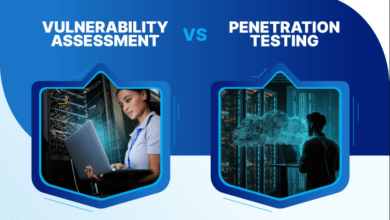

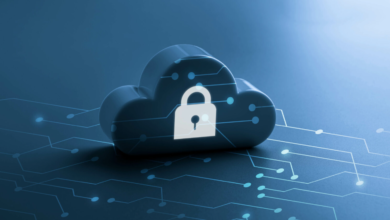


39 Comments